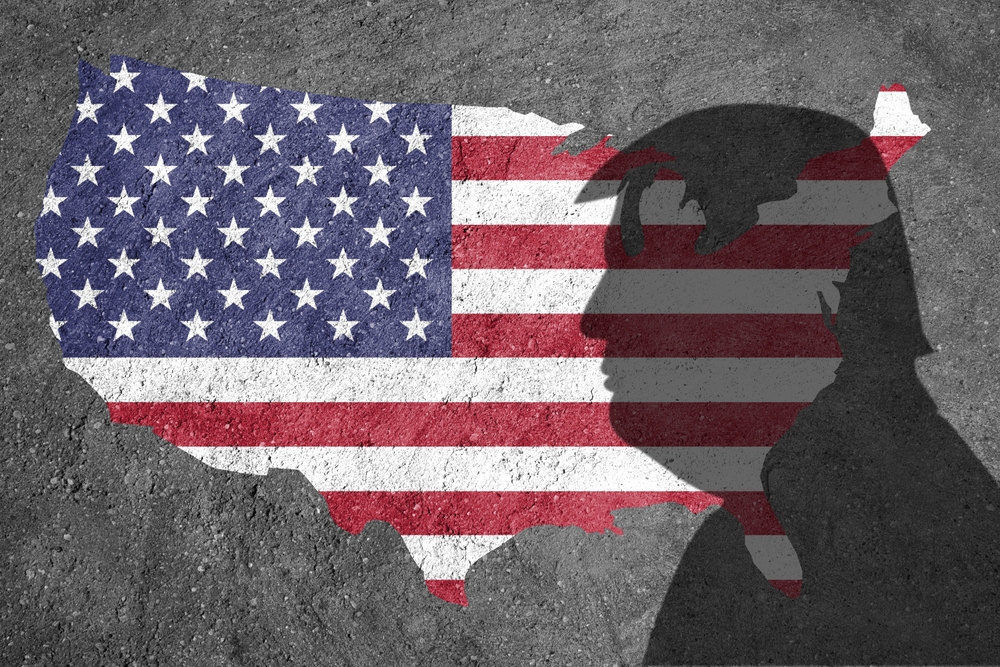The trade confrontation between the United States and China escalated to unprecedented levels on Wednesday as President Donald Trump announced a 125% tariff on Chinese goods, while simultaneously suspending or reducing tariffs to 10% for dozens of other countries for a 90-day period. The announcement, made via Trump’s Truth Social account, came just hours after China imposed an 84% tariff on all U.S. imports, deepening what is now the most severe phase of the bilateral trade war.
The president framed the move as a response to what he called China’s “disrespect for global markets,” and warned that further measures may follow. Meanwhile, the Chinese Ministry of Commerce reiterated its position to “fight to the end,” filing a new complaint at the World Trade Organization and listing 11 U.S. companies, including American Photonics and SYNEXXUS, on its “unreliable entities” list.
Wall Street Rebounds Amid Uncertainty
Despite the escalating rhetoric, markets reacted positively to Trump’s temporary pause for most countries. The S&P 500 surged 6%, closing at 5,281.44 points, while the Nasdaq and Dow Jones each gained over 5%, rebounding from sharp losses following Trump’s earlier Liberation Day tariffs.
Investors have been anxious for clarity, as economists warn that prolonged tariff tensions could trigger a global recession and exacerbate U.S. inflation. The 90-day pause was seen as a temporary relief by markets, even as China’s exclusion from the pause added uncertainty.
In his post, Trump explained that over 75 nations had approached U.S. officials from the Departments of Commerce, Treasury, and the U.S. Trade Representative (USTR) to discuss trade disputes, barriers, and currency manipulation. He claimed these nations “have not retaliated,” which led to his decision to grant temporary tariff relief.
“On the other hand,” Trump wrote, “China has done nothing but escalate. That’s why they are now subject to 125% tariffs—effective immediately.”
China Responds with Force and Censorship
China’s countermeasures include an 84% tariff on all U.S. goods, export controls on rare earth materials, and the restriction of dual-use technology sales to companies on its unreliable entities list. In addition to American Photonics and SYNEXXUS, several other firms with defense ties have been affected.
The Chinese government also censored the terms “tariff” and “104” on its social media platforms following last week’s U.S. announcement of the 104% tariff. Beijing continues to reject the idea of resuming negotiations unless they are held under conditions of “equality and mutual respect,” according to Foreign Ministry spokesperson Lin Jian.
In a white paper released Wednesday, China accused the U.S. of breaching phase one of the trade deal, citing the recent threat to ban TikTok in the U.S. unless ByteDance sells it. The document argued that the U.S. violated an agreement not to pressure foreign companies to transfer technology.
TikTok at the Center of the Storm
TikTok has emerged as a key issue in the current phase of the trade dispute. Trump recently signed an executive order giving ByteDance 75 days to divest TikTok to a U.S. buyer or face a ban. ByteDance reportedly contacted the White House to say China would not approve any sale without renewed trade negotiations.
Trump later suggested that tariff relief could be on the table if China cooperates on the TikTok issue. However, given Beijing’s firm stance and the current trajectory of the conflict, any near-term resolution appears unlikely.
China’s white paper highlighted that the broader U.S.-China trade balance, when including services, is closer to equilibrium than previously stated. The document cited a $26.57 billion U.S. services trade surplus in 2023, particularly in banking, insurance, and accounting.
Global Implications Ahead
While other nations may find short-term reprieve under Trump’s 90-day pause, the spotlight remains on China, whose exclusion signals a hardening U.S. stance. With tariffs now exceeding triple digits, trade analysts warn of severe global repercussions.
“The longer these tariffs stay in place, the more pressure they will place on global supply chains, inflation, and geopolitical relations,” said one international trade advisor.
For now, the world’s two largest economies remain on a collision course, with their actions not only reshaping trade, but testing the boundaries of diplomacy and global economic stability.



